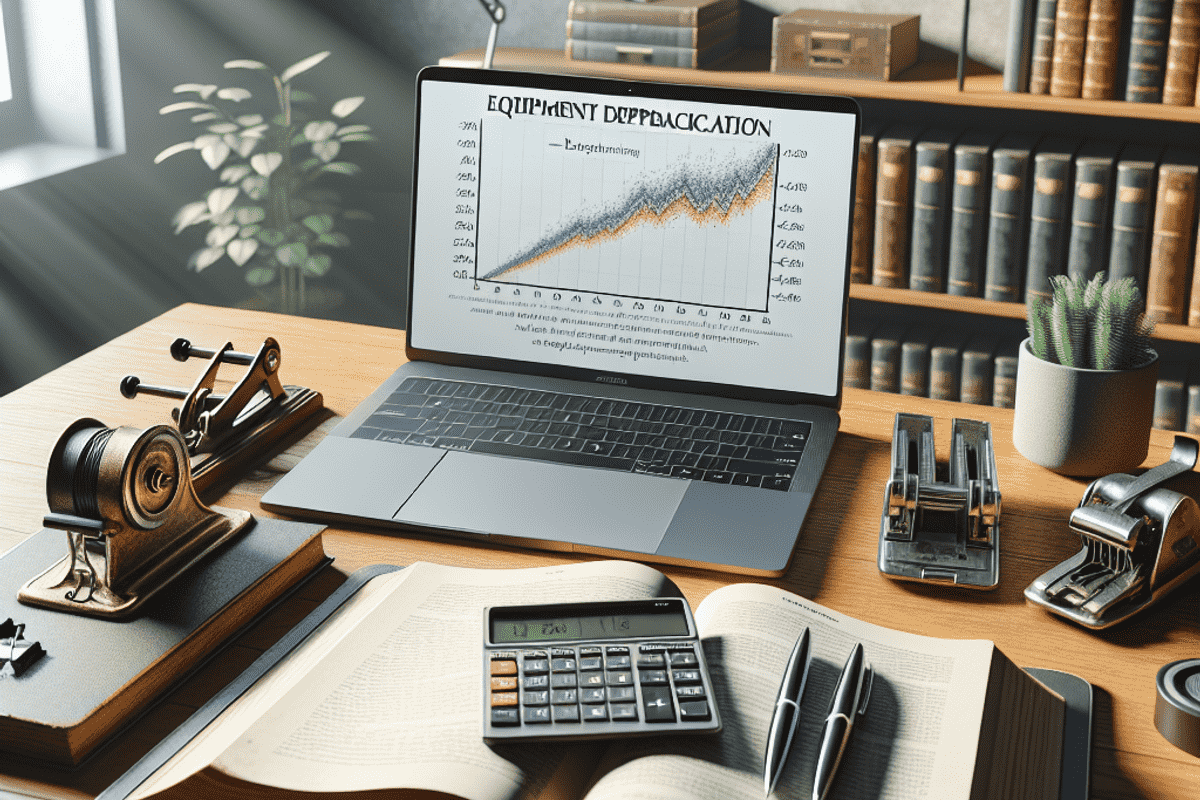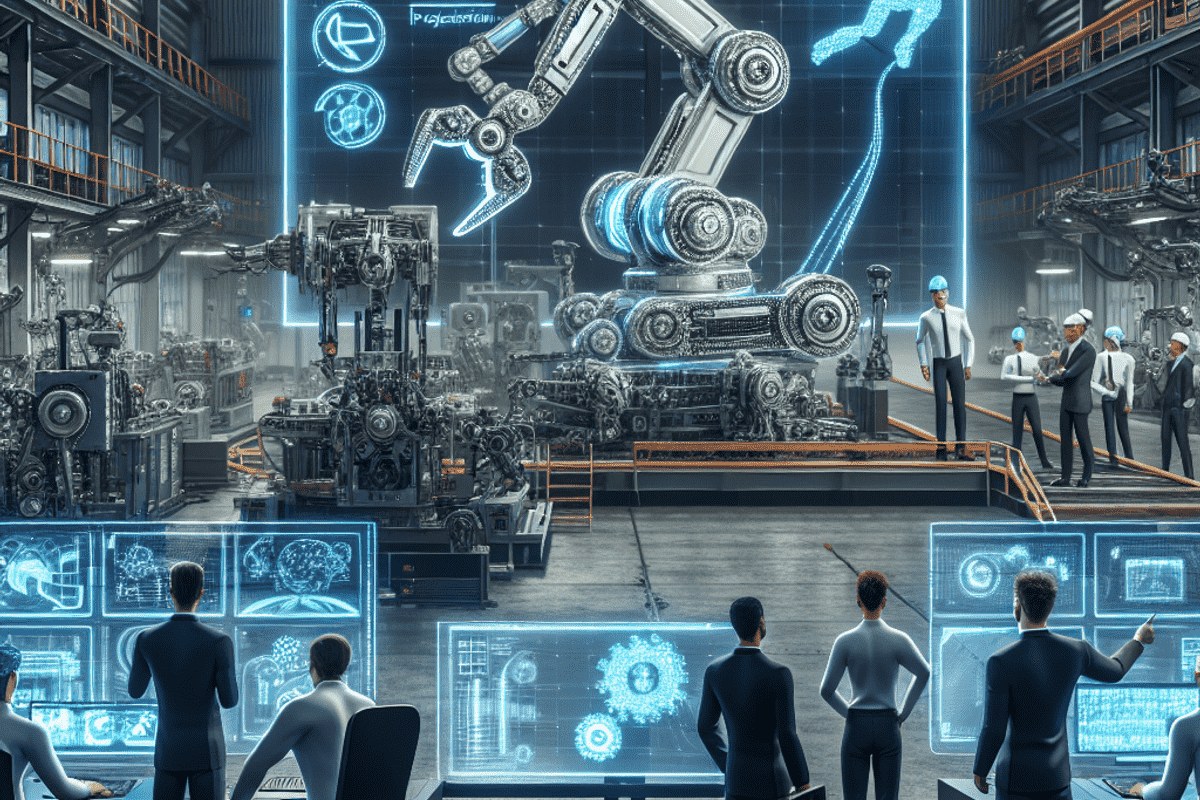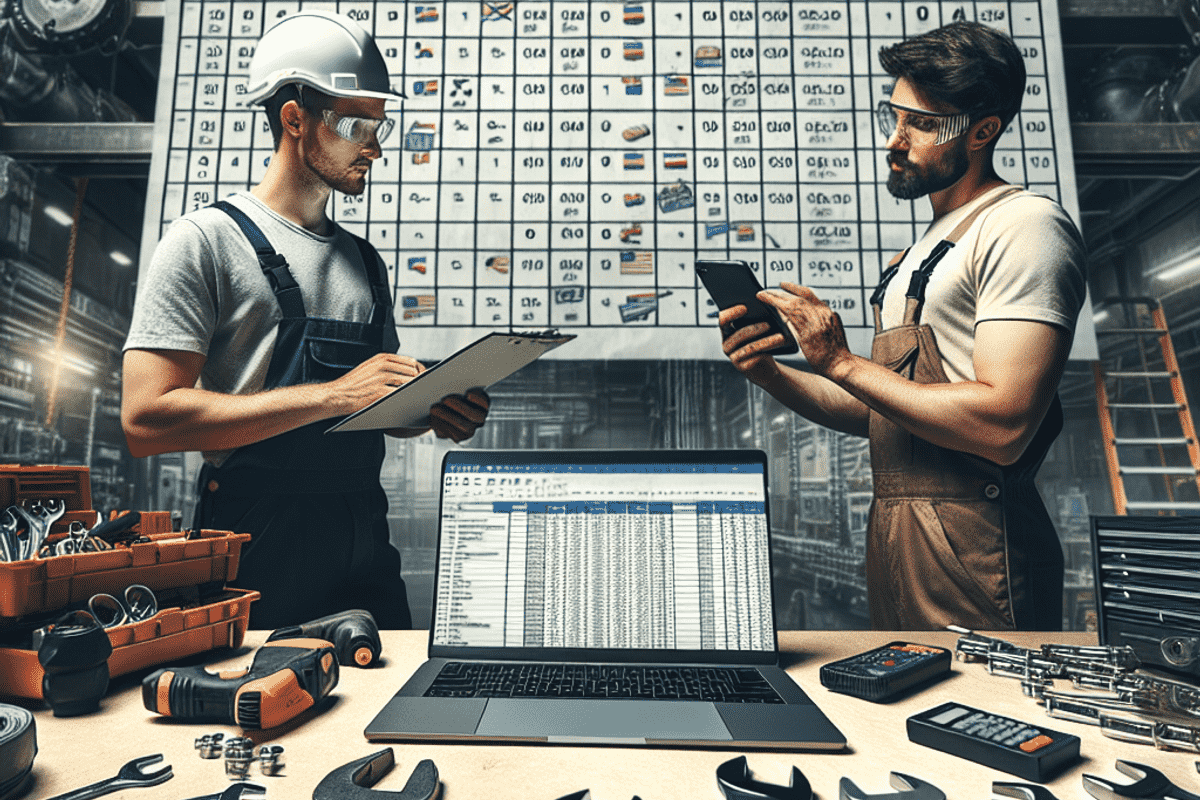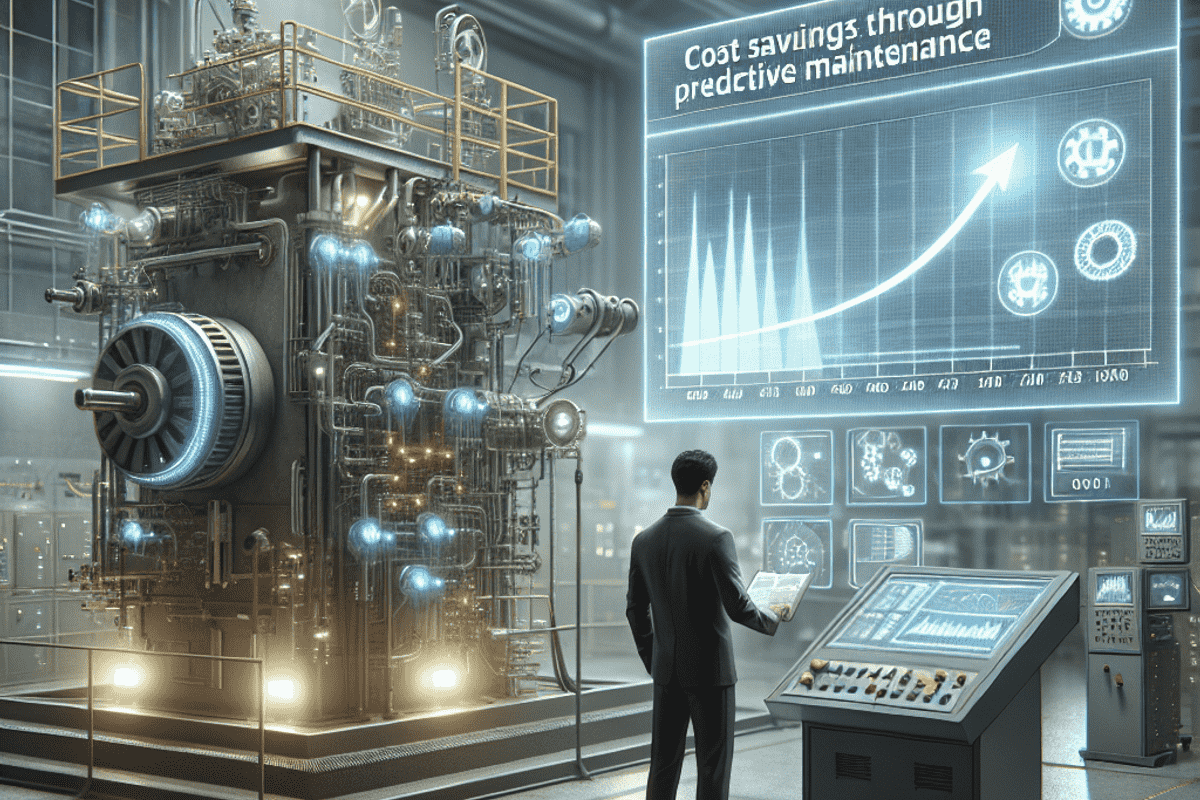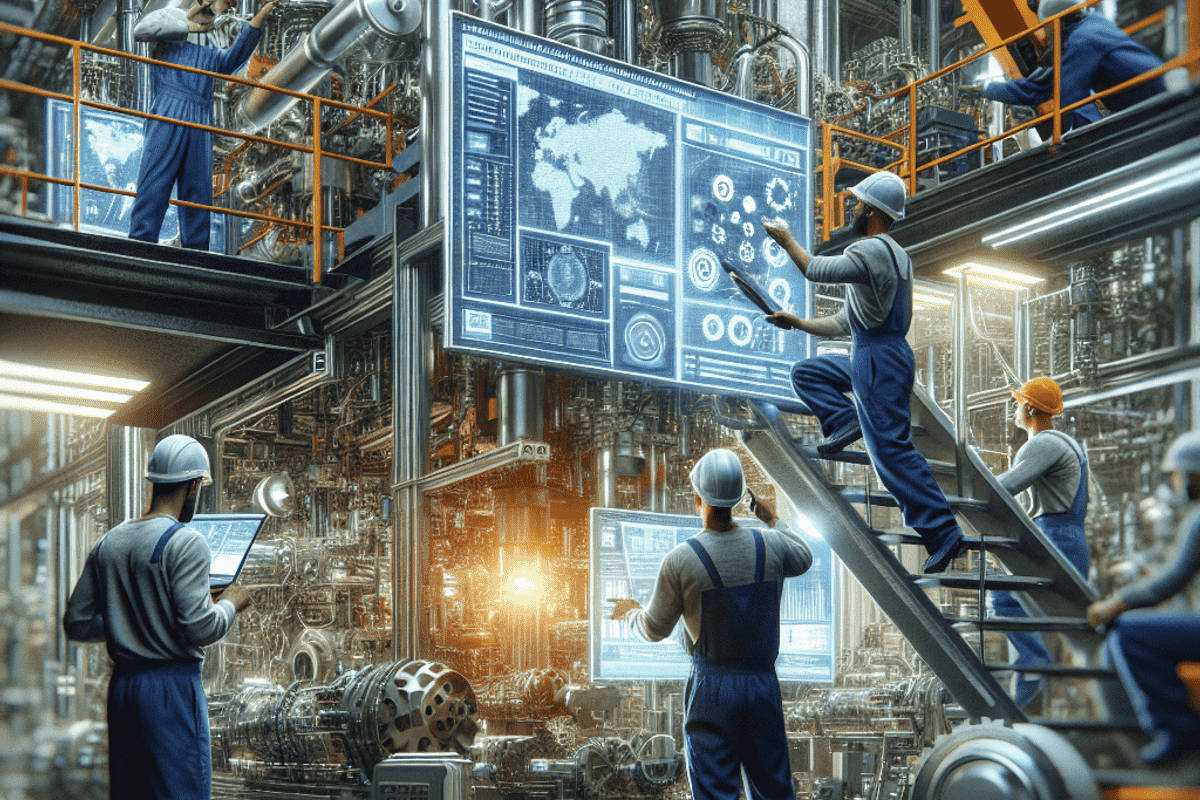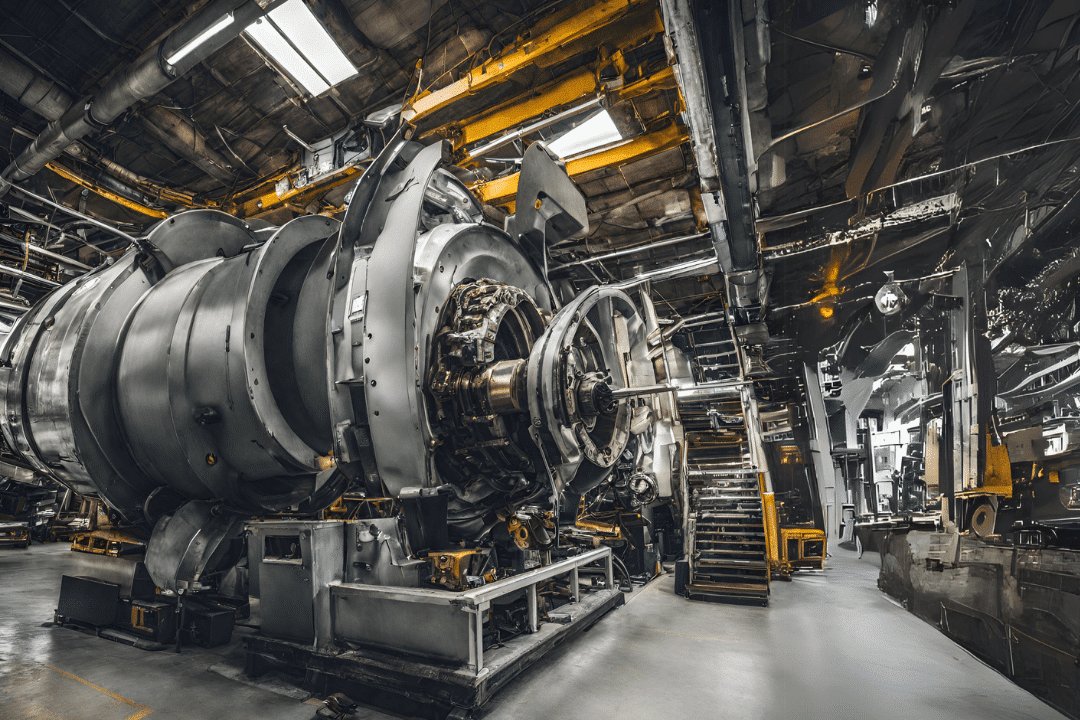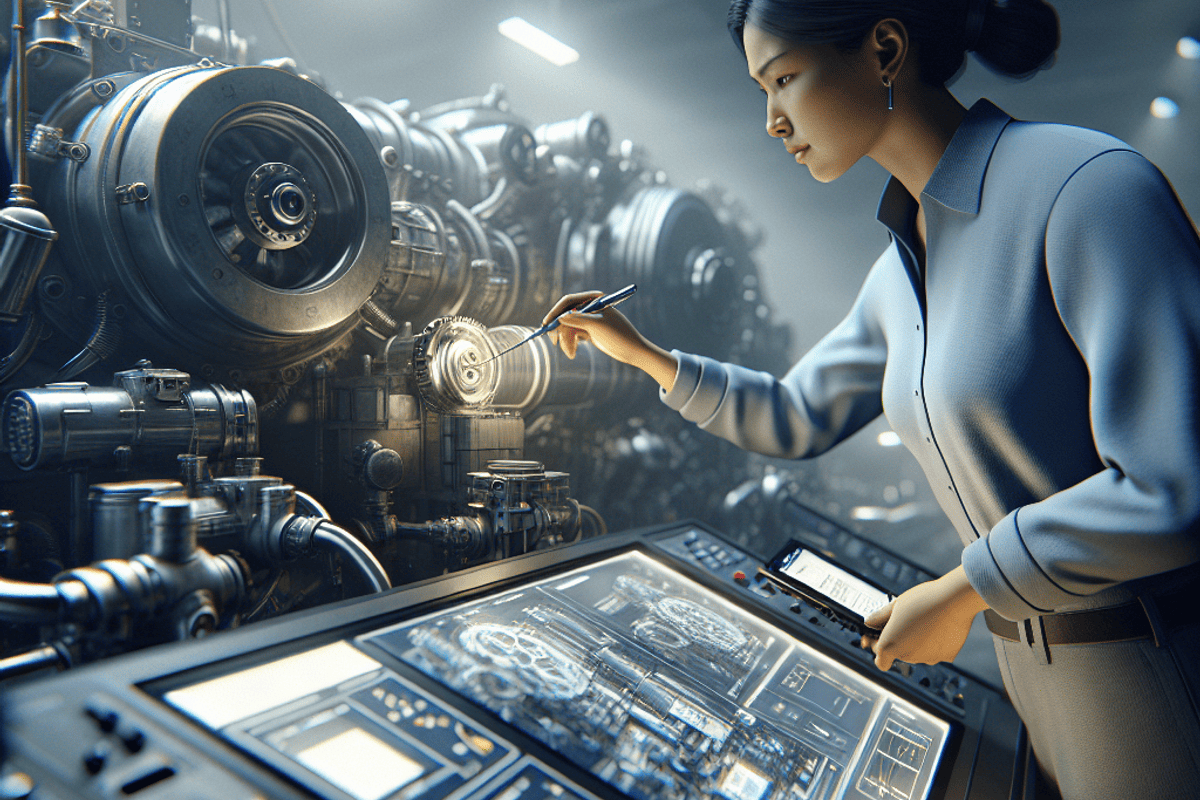Ekipman ve sistemlerin sorunsuz çalışmasını sağlamak başarı için kritiktir. Bu bizi iki temel kavrama getirir: bakım ve güvenilirlik. Bu terimler genellikle birbirinin yerine kullanılır, ancak farklı anlamlara sahiptir ve işlemleri optimize etme konusunda benzersiz roller oynarlar. Bu makalede, bakım ile güvenililik arasındaki farka odaklanacak; tanımlarini, amaçlarını, stratejilerini ve tekniklerini inceleyeceğiz. Bu kavramları anlayarak, işletmeler plansız duruşu en aza indirme, varlık ömrünü uzatma ve genel verimliliği artırma konusunda etkili yaklaşımlar geliştirebilirler.

Bakım Tarafı
Bakım, ekipman ve sistemlere verilen proaktif bakım ve dikkati, bunların en iyi şekilde çalıştığından emin olmamız gerektiği için benzetilebilir. Bu, arızaları önlemeyi, potansiyel sorunları belirlemeyi ve bunlara hızlı bir şekilde müdahale etmeyi amaçlayan planlı bir dizi eylemi içerir. Proaktif bir duruş sergileyerek, bakım, işletmelerin beklenmedik arızalardan kaçınmalarına, plansız duruşu azaltmalarına ve nihayetinde işletme verimliliğini artırmalarına yardımcı olur. Başka bir deyişle, bakım dişlilerin sorunsuzca dönmesini sağlayarak, üretkenliği ve karlılığı engelleyebilecek maliyetli kesintileri önler.
Bakım Stratejileri ve Teknikleri
For maintenance, various strategies and techniques can be employed based on specific needs and equipment characteristics. Some common maintenance strategies include:
Corrective Maintenance:
This reactive approach focuses on addressing issues once they occur, aiming to restore functionality promptly. While it may be necessary for certain situations, corrective maintenance should not be the sole reliance as it can lead to extended downtime and increased costs.
Scheduled Maintenance:
This preventive approach involves conducting maintenance tasks at predetermined intervals, irrespective of equipment condition. It ensures regular servicing and inspections, reducing the likelihood of unexpected failures. However, scheduling maintenance tasks requires careful planning to avoid disrupting production schedules unnecessarily.
Condition-Based Maintenance:
This strategy involves monitoring equipment performance and condition through data collection and analysis. By establishing predetermined triggers based on equipment parameters, businesses can schedule maintenance activities when necessary, ensuring resources are allocated efficiently. Condition-based maintenance offers the benefits of both preventive and predictive maintenance, allowing for better resource optimization and reduced downtime.
In addition to the strategies mentioned, there are various maintenance techniques that businesses employ, such as lubrication, inspections, repairs, and calibration. Each technique serves a specific purpose in optimizing equipment performance and preventing failures. Furthermore, documentation and tracking of maintenance activities are critical for establishing a comprehensive maintenance history, identifying trends, and evaluating the effectiveness of maintenance efforts. These records also help in compliance with regulatory standards and provide valuable insights for future decision-making.

Reliability Side
Reliability is the fundamental characteristic of equipment that allows it to consistently perform its intended function over a specific period. In essence, it measures the ability of equipment to operate without unexpected failures or disruptions. Reliability is of utmost significance in industrial operations as it directly impacts operational goals, customer satisfaction, and overall productivity. Reliable equipment ensures smooth production processes, minimizes downtime, and instills confidence in customers who rely on consistent and uninterrupted service.
Factors Affecting Reliability
Design and Manufacturing:
The design and manufacturing processes of equipment have a significant influence on its reliability. Proper design practices, such as incorporating robust components, redundancy, and fault-tolerant features, enhance reliability by minimizing the likelihood of failures. Moreover, a thorough understanding of the operating environment, material selection, and adherence to industry standards during manufacturing contribute to the overall reliability of the equipment. By prioritizing reliability in design and manufacturing, businesses can create products that are more resistant to failures and perform consistently over time.
Maintenance Practices:
Maintenance and reliability are closely intertwined. Effective maintenance practices play a crucial role in improving equipment reliability. By implementing proactive maintenance strategies, businesses can identify potential issues, address them promptly, and prevent failures that can compromise reliability. Regular inspections, lubrication, calibration, and timely repairs are all maintenance activities that contribute to enhancing equipment reliability. By investing in well-planned and executed maintenance practices, businesses can significantly increase the reliability of their equipment.
Reliability Metrics
To quantify and measure reliability, certain metrics and indicators are used in industrial settings. Two commonly used metrics are:
Mean Time Between Failures (MTBF):
MTBF measures the average time between consecutive failures of a specific piece of equipment. It provides insights into the reliability of the equipment by indicating the expected interval between failures. A higher MTBF value implies greater reliability, as it suggests longer periods of uninterrupted operation.
Mean Time to Repair (MTTR):
MTTR represents the average time required to repair equipment after a failure occurs. It measures the efficiency of the maintenance process in terms of restoring functionality. A shorter MTTR indicates quicker response and repair times, minimizing downtime and maximizing equipment reliability.
In addition to MTBF and MTTR, other metrics like availability, reliability, and maintainability are also employed to assess and evaluate the performance of equipment. These metrics provide a comprehensive understanding of equipment reliability and guide decision-making processes for optimization.
Difference Between Maintenance and Reliability
Relationship Between Maintenance and Reliability:
Maintenance and reliability go hand in hand, each playing a vital role in achieving optimal equipment performance. Maintenance practices contribute directly to the overall reliability of equipment by ensuring that it remains in optimal condition, minimizing the likelihood of failures and disruptions. In other words, maintenance acts as a proactive measure to enhance reliability by preventing failures, while reliability encompasses the broader goal of achieving consistent performance and minimizing downtime.
Focus and Objectives:
Maintenance focuses primarily on preventing failures and ensuring the functionality of equipment. It involves proactive measures such as inspections, repairs, and lubrication to address potential issues before they lead to failures. Maintenance aims to keep equipment in optimal condition, extend its lifespan, and minimize unexpected downtime.
On the other hand, reliability places emphasis on achieving consistent performance and minimizing downtime. It involves systematic planning, design considerations, and manufacturing processes that prioritize equipment reliability. The goal is to ensure that equipment operates smoothly and consistently, meeting production requirements and customer expectations.
Proactive vs. Reactive Approaches:
Maintenance takes a proactive approach by identifying and addressing issues before they occur. It involves planned activities and timely interventions to prevent failures and disruptions. Maintenance focuses on understanding the underlying causes of failures and taking steps to eliminate them.
Reliability, on the other hand, adopts a more systematic and proactive approach from the design and manufacturing stages. It aims to prevent issues from occurring in the first place by incorporating robust design features, fault tolerance, and redundancy. Reliability focuses on eliminating failure-prone elements and designing equipment that can consistently perform its intended function.
Recommended Blog Posts
Temmuz 8, 2024
Tahribatsız Muayene (NDT) nedir?
Tahribatsız Muayene (NDT), malzemelerin bütünlüğünü hasara neden olmadan değerlendirmek için çeşitli teknikleri kapsar.…
Temmuz 8, 2024
Ekipman Amortismanı
Ekipman Amortismanı, makine, araç ve diğer maddi varlıkların değerinin zaman içinde kademeli olarak azaltılmasını…
Temmuz 8, 2024
Bakım Alanında Otomasyonun Geleceği
Bakım sektörünün geleceği otomasyonda yatıyor, verimlilik ve hassasiyetle sektörlerde devrim yaratıyor. Otomatik…
Temmuz 8, 2024
Bakım Programları için Program Uyumluluğunun İyileştirilmesi
Bakım programlarında program uyumluluğunu artırmak, operasyonel verimliliği optimize etmek ve arıza süresini en aza…
Temmuz 4, 2024
Kestirimci Bakım ile Maliyet Tasarrufu
Kestirimci bakım, ekipman arızalarını önceden tespit ederek önemli ölçüde maliyet tasarrufu sağlar. Kestirimci bakım,…
Temmuz 4, 2024
Kestirimci Bakım Çözümleriyle Plansız Duruş Sürelerinin Azaltılması
Kestirimci bakım çözümleri, sektörlerin plansız arıza süreleriyle başa çıkma yöntemlerinde devrim yaratıyor. Veri…
Temmuz 4, 2024
2024’te Kestirimci Bakım Alanında Gelişen Trendler
2024 yılında kestirimci bakım birçok yenilikçi eğilime tanıklık ediyor. Yapay zeka ve makine öğrenimi algoritmaları…
Temmuz 4, 2024
Varlık Yönetimi ve Güvenilirlik Bakım Standartları
Bakım standartları, etkin varlık yönetimi ve güvenilirliğin ayrılmaz bir parçasıdır. Ekipmanların bakımı, güvenliğin…
Temmuz 4, 2024
Kestirimci Bakım Uygulamasında Karşılaşılan Zorluklar
Kestirimci bakımın uygulanması çeşitli zorlukları ve hususları beraberinde getirir. Veri kalitesi ve kullanılabilirliği…
Discover Our Products
Sensemore Predictive Maintenance Solution
If you enjoyed this blog, explore our Predictive Maintenance Solution page.



